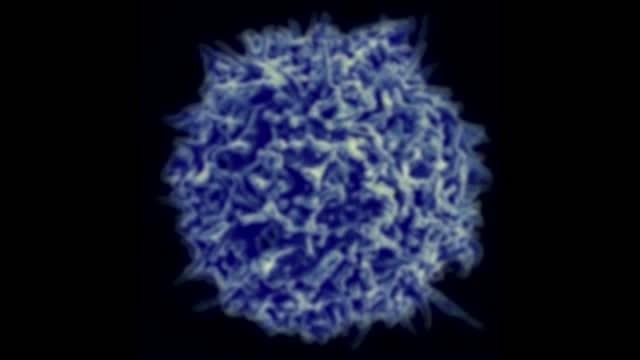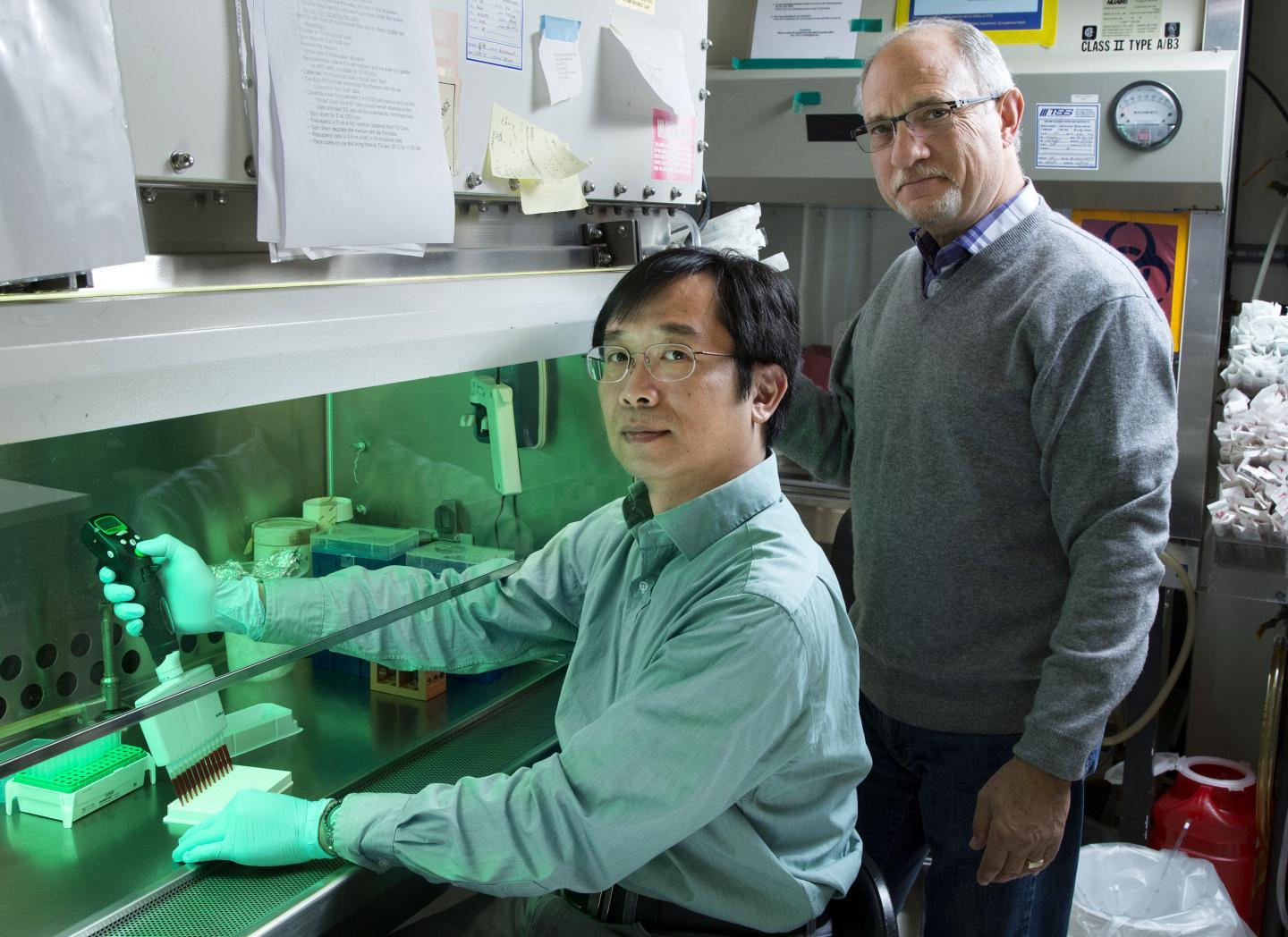The Salk scientists then used ReBiL to study a promising target for cancer, the interaction between the proteins p53 and Mdm2. The function of p53 is affected in almost all cancers and, in many cancers, too much Mdm2 prevents p53 from functioning properly. Hence, a major goal of cancer scientists has been to develop drugs that prevent Mdm2 from binding to p53, and to thereby activate p53 to kill the tumor cell.
Wahl, Li and their colleagues used ReBiL to confirm that some drugs work as expected to prevent Mdm2 from binding to p53. On the other hand, when they applied their method to a new class of promising drugs called stapled peptides, they found that the drugs had difficulty entering cells and had the unexpected and unintended ability to kill cells by punching holes in their protective covering (the membrane). Despite spending millions of dollars to develop these drugs, this dangerous side effect was not observed because previous methods did not reveal it. ReBiL provides a fast and simple way to try to improve stapled peptides to enable them to get into the cell, bind to their targets and kill cells by the specific route they were designed to use.
The fact that ReBiL can be used to study living cells (as opposed to many older methods that use isolated proteins from cells to determine their interactions) makes it an ideal way to observe these unexpected side effects and to modify the drugs to eliminate them, Wahl says.
"We think the method is already so good and so versatile that we're already applying it to many different questions," Wahl says. "It has applications from understanding many growth regulatory pathways and for understanding critical processes that should lead to the identification of the targets needed for the development of new therapies. Not unexpectedly, academics in many fields as well as companies have already shown interest."
Wahl and Li imagine ReBiL being used in the future to discover new interactions between proteins that might serve as cancer drug targets, as well as being used in robotic systems to identify drugs that disrupt protein interactions. They also foresee using the technology to help avoid the off-target effects they have already identified for stapled peptides.
Alan Saghatelian, a professor in Salk's Clayton Foundations Laboratories for Peptide Biology, says ReBil is an important new technological platform for scientists. "This will have a powerful impact on the development of new medicines and the discovery of novel biological mechanisms," says Saghatelian, who was not involved in the study. "The results demonstrate the value of this approach in prioritizing drug candidates and understanding mechanisms of drug action."

Researchers at the Salk Institute explain how a new technology, called ReBiL, can spot protein interactions more accurately, providing a new tool for cancer and other drug diagnostics.
(Photo Credit: Salk Insitute)

Salk researcher Yao-Cheng Li and professor Geoffrey Wahl developed a new technology for visualizing protein interactions, which could lead to better cancer drugs.
(Photo Credit: Salk Institute)
Source: Salk Institute